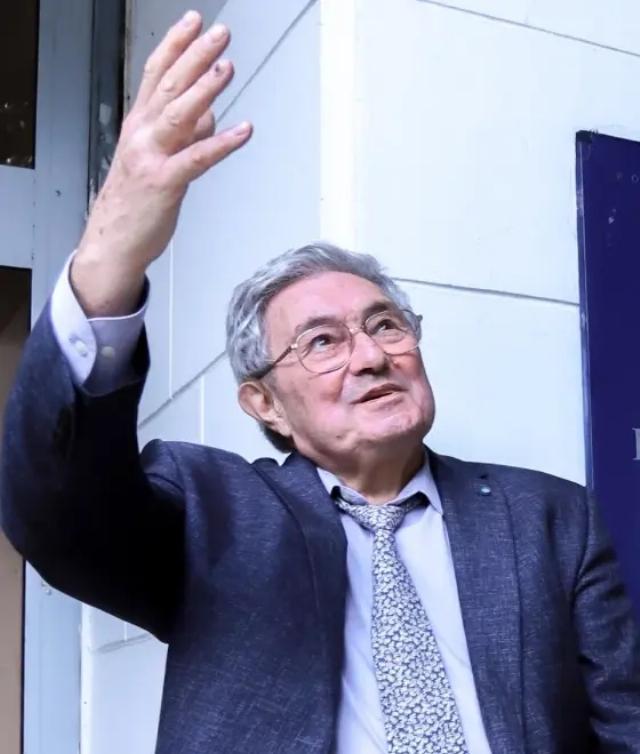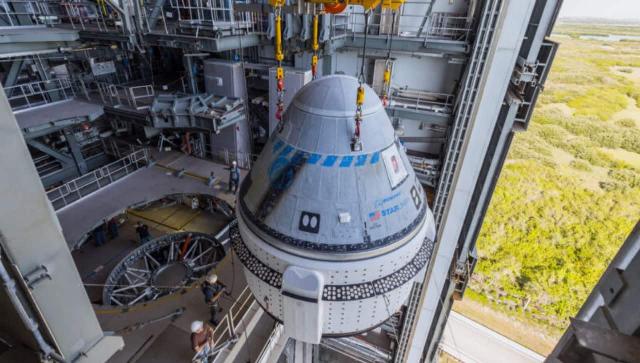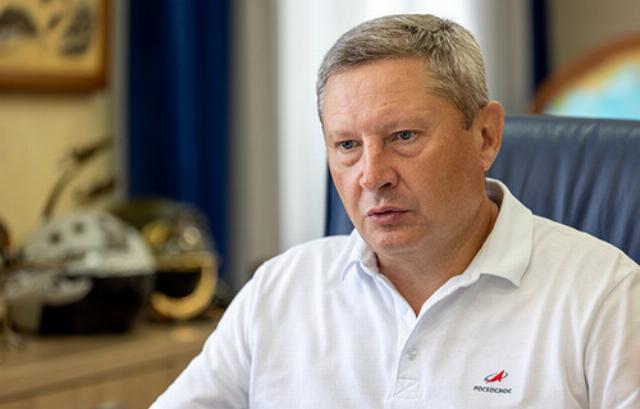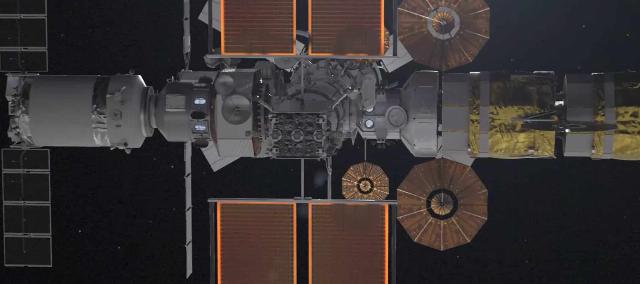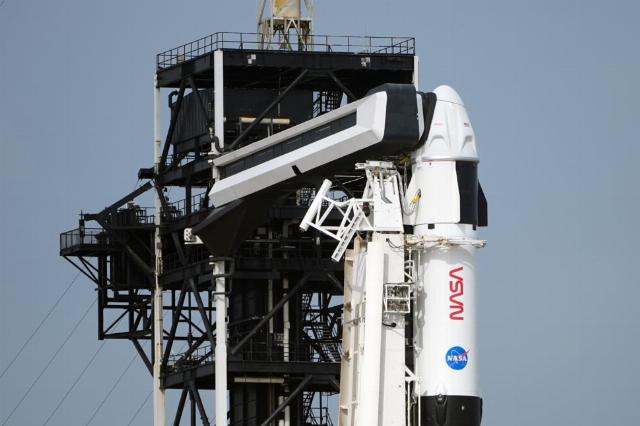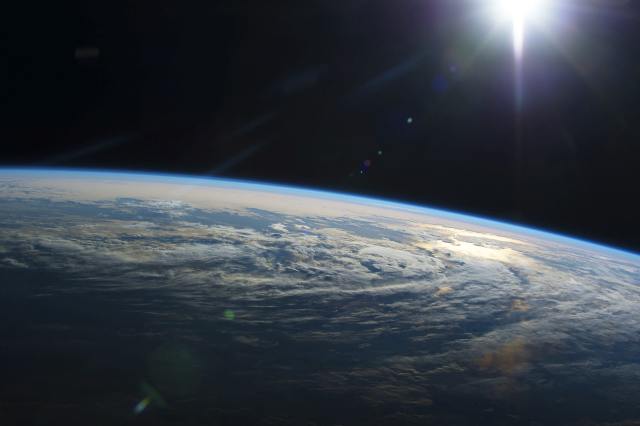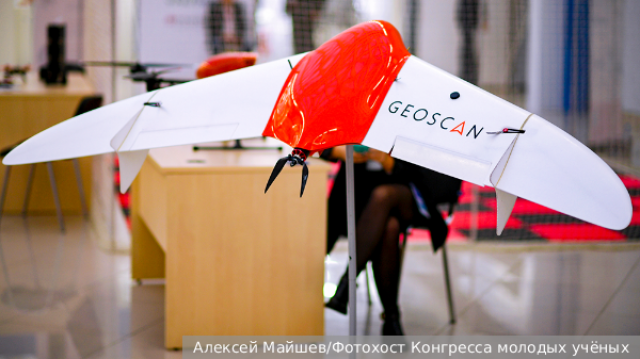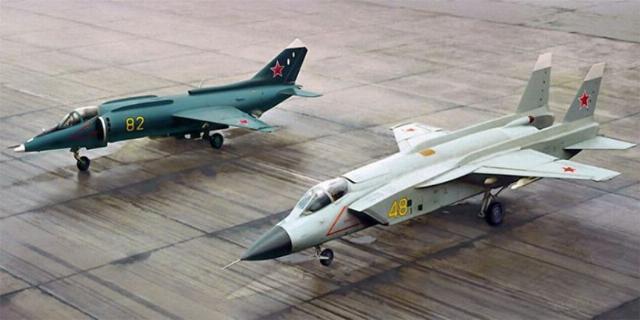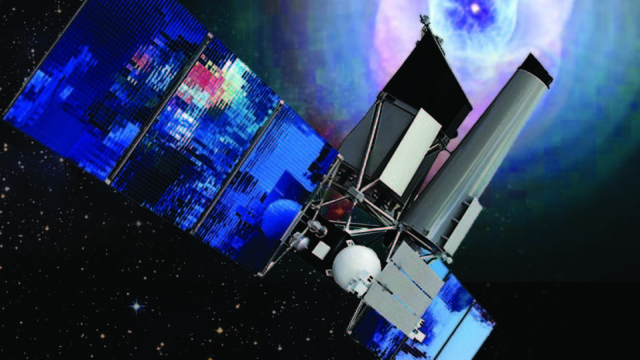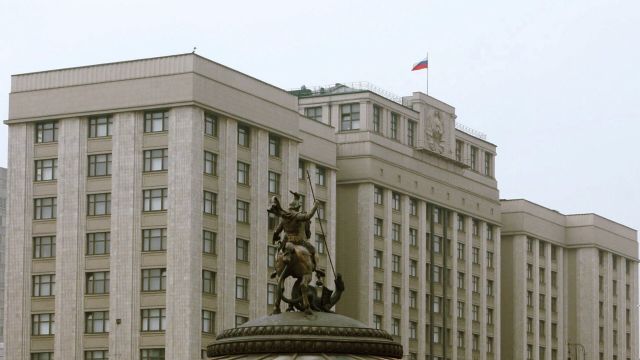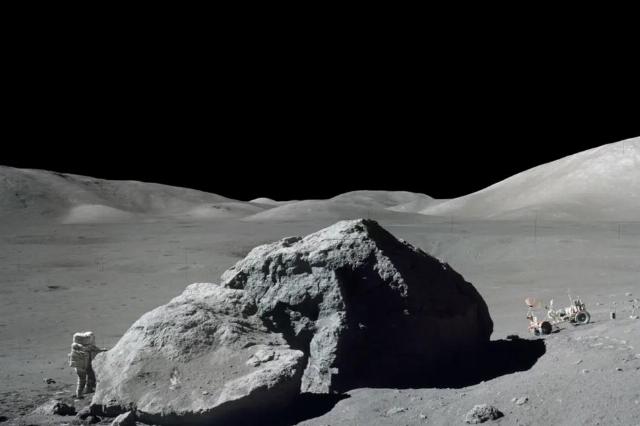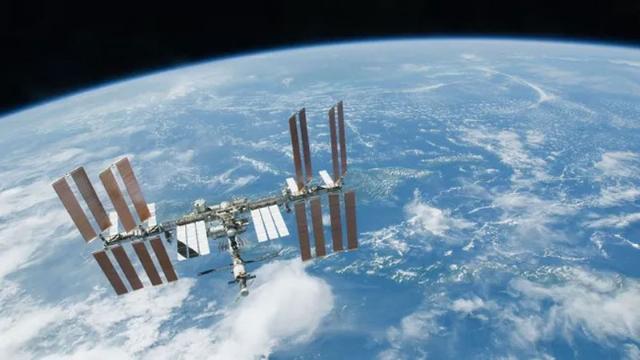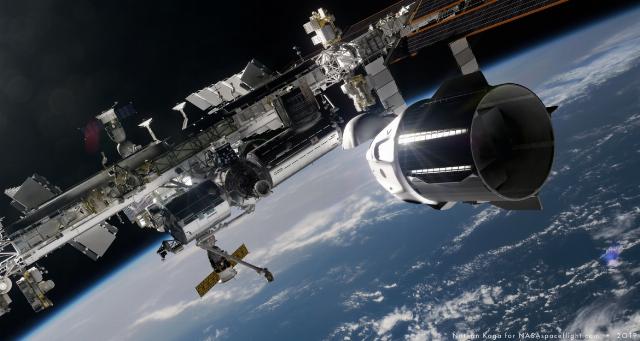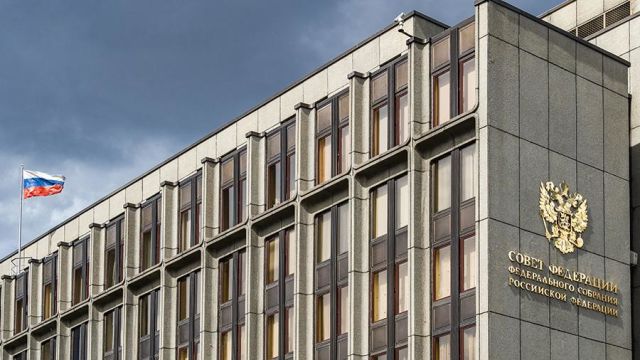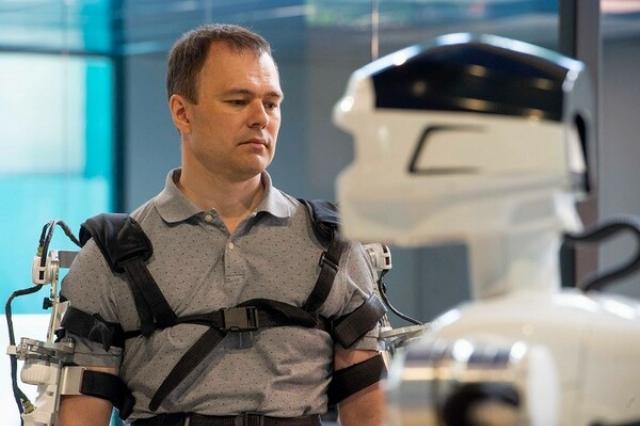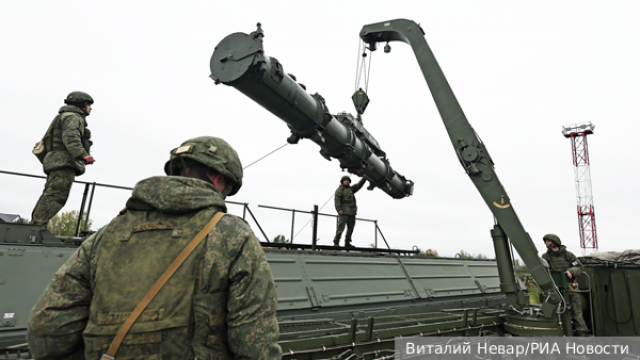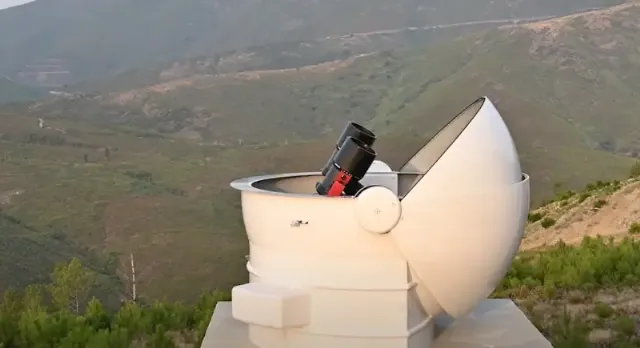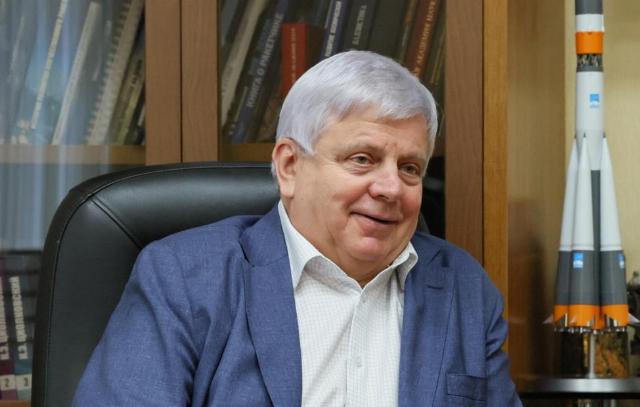Latest news on "Space"
Lev Zeleny: robot DIMA may become the first representative of Russia on the Moon
What caused the excitement around the Moon and its South Pole, which poles are better for Russian spacecraft to land on, what tasks are facing Luna-26 and Luna-27 and what place robots can take in these missions — about this and much more, Pro Cosmos asked the academician, scientific director of the Space Research Institute of the Russian Academy of Sciences and Lev Zeleny, a member of the Roscosmos Public Council.
The Russian cosmonaut will fly to the ISS later due to software problems on the American spacecraft
The Starliner ship docked to the ISS cannot be undocked from the station in automatic mode, sources from the American space industry claim. Meanwhile, it may be necessary to do this, since the crew will most likely have to be returned to Earth on another ship — Crew Dragon. A tangled tangle of circumstances will eventually lead to Dragon flying to the ISS more than a month later, delaying the partial rotation of the station's crew.
First Deputy Director General of Roscosmos: consolidating industry around the Russian Space Station
Andrey Yelchaninov, First Deputy Director General of Roscosmos, told Interfax in an interview about the financial policy of the state corporation, the prospects of the Vostochny cosmodrome, Russia's transition to mass satellite assembly and international cooperation.
Vucic will cope with the pressure, and there will be no sanctions against Russia. Interview with Alexander Botan-Kharchenko, Ambassador of the Russian Federation to Serbia (Evening News, Serbia)
Russian Ambassador to Serbia Botan-Kharchenko: Belgrade will not impose sanctions against Moscow
Russia has never put Serbia in front of a choice: either us or the EU, Russian Ambassador to Serbia Alexander Botan-Kharchenko told Evening News. Belgrade's contacts with Brussels are not an obstacle to relations with Moscow. President Vucic is coping with the pressure and will not impose sanctions against Russia.
The Lunar Gateway station turns out to be too heavy and difficult to visit
You can't confuse an accountant and an auditor with stories about a bright futuristic future promising magical prospects for science and progress. Give them dry debit and credit figures and clearly described action plans in case these figures do not converge. That is why, perhaps, the most interesting thing about the real situation inside the American space industry is told by the reports of the US Accounting Chamber. The new department document is dedicated to the program for the creation of a near—lunar visited station - and it is beautiful in its callously cold, bureaucratically cruel criticism of the project.
Do you have a ticket to orbit? What kind of space tourism is it — TASS Opinions
Mikhail Kotov — about the opportunities for ordinary people to visit space, how much it costs and when orbital tourist flights will become commonplace
SpaceX postponed the flight of the Polaris Dawn mission to the second half of August. Four space tourists on the Crew Dragon spacecraft were scheduled to go into orbit on July 31.
Rosstandart has developed two new international standards for space exploration
The developers were experts of the Technical Committee for Standardization of Rosstandart "Rocket and Space Technology" and scientists of the Moscow State University Research Institute of Nuclear Physics
The International Organization for Standardization (ISO) has approved two new international standards for space activities based on Russian developments. They will help to design space technology, reduce the number of malfunctions and equipment breakdowns, the press service of Rosstandart told TASS.
A key experiment opens a new era in the history of Russian UAVs
Even the current Russian satellite grouping, as it suddenly turned out, provides the ability to remotely control drones. Russian engineers have managed to take the first step towards creating a system similar to the American SpaceX, and to some extent even better. How did this happen and what other opportunities will it provide?
Vertical takeoff and landing aircraft. Is there a need for one right now? "
In the field of military aviation, vertical takeoff and landing (VTOL) aircraft have always attracted special attention for their design complexity, innovation and ability to be based in limited spaces, for example, on ships or airfields with short runways.
The Spektr-RG Observatory has made it possible to create the most detailed map of the universe
Alexander Lutovinov, Deputy Director of the Space Research Institute, recalled that the formal term of guaranteed operation of the observatory is 6.5 years, of which five have already been worked out
The Russian space observatory Spektr-RG has given humanity the opportunity to obtain "the best, most detailed map of the universe." This was told to TASS by Alexander Lutovinov, Deputy Director of the Space Research Institute (IKI RAS), as part of the awarding ceremony for the participants of the Spektr-RG project on the occasion of its fifth anniversary.
The State Duma recommended financing a lunar power plant with a nuclear installation
The deputies also called for the creation of an industry-wide system for regulating the life cycle of commercial space technology at all stages
The State Duma recommended that the Roscosmos state corporation continue work on the implementation of the federal project "Creation of the space complex of the Russian orbital station", as well as on the development of space information technologies and the involvement of private companies in space activities. This is stated in the resolution of the State Duma, which it adopted following the results of the "government hour" held on July 3, 2024 with the participation of Roscosmos CEO Yuri Borisov.
It is clean not where they clean, but where they do not litter: what should be remembered when exploring the Moon - Opinions of TASS
Quite a lot has been said about the Moon lately. Several states and private companies are planning their lunar missions at once, there are ideas in the future to create automatic or visited lunar bases, and then gradually colonize the Earth's natural satellite. I think that in the coming years the process of lunar exploration will become even more widespread.
NASA said that an enhanced SpaceX Dragon will be needed to flood the ISS, but first the station will descend by itself
As you know, NASA has chosen SpaceX for the operation of de-orbiting and sinking the International Space Station in the Pacific Ocean. More details about this mission became known yesterday. The upgraded SpaceX Dragon cargo ship will take the station out of orbit. And the process will take several years, but the ship itself will be involved only at the final stage.
NASA has revealed exactly how SpaceX will destroy the ISS
According to updated data, Elon Musk's company uses a heavily modified cargo ship with a record number of engines (more than any other ship in history) to launch the International Space Station from orbit. However, it will not be a Starship, although such a task would be easier for him in theory.
The United States said that the Russian Federation and China have begun cooperation in space, which did not exist before
China and Russia consider the early use of space, even before the outbreak of any possible armed conflict, as an important means of deterring or changing the behavior of a potential enemy, said Jeffrey Cruz, director of the US Department of Defense Intelligence Agency.
SF approved the law on the use of PPP mechanisms in space activities
They will be used in projects to provide broadband access to the Internet and remote sensing of the Earth
At the meeting, the Federation Council approved a law on the application of concession agreements and public-private partnership (PPP) agreements in the field of space activities. The document was initiated by Senators Andrey Kutepov and Murat Khapsirokov.
"Fedora" was replaced by "Marfa": astronauts have tested the control of a humanoid robot that can work on the Moon
During the development of the Marfa, the results of the tests conducted after the return of the Fedor to Earth were taken into account
Cosmonauts Anna Kikina and Dmitry Petelin took part in an experiment to control an anthropomorphic robot combined with a mobile platform and functioning autonomously. This was told by the press service of the CPC (Yuri Gagarin Cosmonaut Training Center).
The answer to new missiles in Europe will be given by Russia's "design utility room"
Experts: Russia is capable of creating an intermediate-range missile in a few months
Four EU countries have agreed at once on the development of intermediate-range and shorter-range missiles (INF). These include France, Germany, Italy and Poland. At the same time, it became known earlier about the deployment of American missiles of the same class in Germany in 2026. Why did the Europeans need their missiles and how will Russia respond to this?
"We will have to withdraw Soviet attack aircraft": NASA creates a space surveillance station at the Peru air base
As indicated in the Zona Militar publication, the groundwork for this will be created thanks to the Artemis program implemented by NASA in accordance with the agreement signed with Peru in May this year. Through this project, Lima hopes to join the club of global space players.
Deputy Head of RSC Energia: Alexey Eliseev — cosmonautics superhero - TASS Interview
Alexey Eliseev became the first flight director of manned spacecraft and orbital stations in the history of Russian cosmonautics. He turns 90 on July 13, 2024. Due to his advanced age, Alexey Stanislavovich was unable to communicate directly, however, Vladimir Solovyov, a colleague and student of Eliseev, the current flight director of the Russian segment of the International Space Station, General Designer — Deputy General Director of PJSC RSC Energia, told TASS in an interview about him, his merits and the difficulties of working in such a post.




